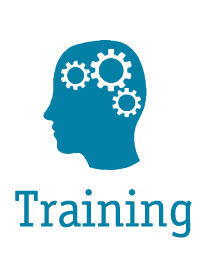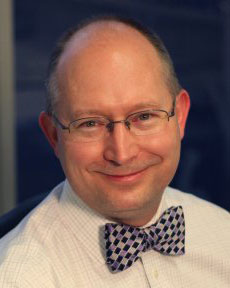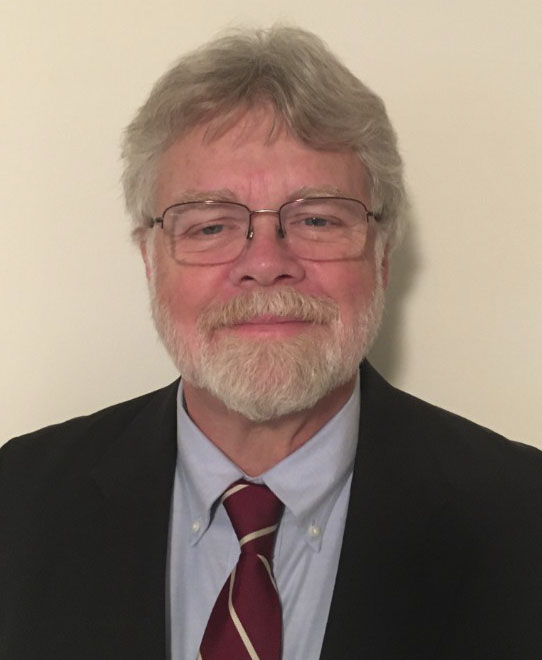|
For More Information, Contact: |
Applied Technology Council (ATC) is pleased to announce the ATC-43 Workshop on Evaluation and Repair of Earthquake Damaged Concrete and Masonry Wall Buildings, to be held June 13, 1997 in Los Angeles. The Workshop will provide participants with an opportunity to review and comment on evaluation and repair procedures currently being developed under the ATC-43 project. The program will include overviews of the procedures and example applications. The intended audience for the workshop includes practicing structural engineers and other design professionals, building officials, government agency representatives, and others involved with the evaluation and repair of earthquake damaged buildings.
The ATC-43 project has evolved from the recognition that there has been no generally accepted procedure to evaluate the loss attributable to structural damage for individual buildings following strong earthquake-induced ground shaking. Most engineers, when faced with this question, have attempted to relate the magnitude and extent of the observed damage (i.e. crack width and length in masonry or concrete) to loss of force capacity for individual components and the overall building. There is considerable disagreement over the interpretation of damage and skepticism regarding loss of strength as a meaningful parameter.
The ATC-43 procedures are performance based and will enable design professionals to quantify loss by comparing the anticipated performance of the damaged building subject to future ground shaking to that anticipated for the undamaged building. The scope of the project includes concrete and masonry bearing wall and infilled frame structures. The procedures rely on nonlinear static analysis ("pushover analysis") to relate global response to individual structural components. Modifications to individual force/displacement relationships for structural components reflect the effects of observed damage. The procedures include a simplified direct method to determine performance restoration repairs for many cases.
The Federal Emergency Management Agency (FEMA) initiated and funded this project through the Partnership for Response and Recovery (PaRR), a joint venture of Dewberry & Davis of Arlington, Virginia, and Woodward-Clyde Consultants.
The Workshop will be held from 9:00 am to 5:00 pm at the Wyndham Hotel at Los Angeles International Airport, 6225 West Century Boulevard. For additional information about the Workshop, including registration information, contact Applied Technology Council, 555 Twin Dolphin Drive, Suite 550, Redwood City, California 94065 (Phone: 415/595-1542; Fax 415/593-2320; E-mail: This email address is being protected from spambots. You need JavaScript enabled to view it.).




 Michael Valley
Michael Valley